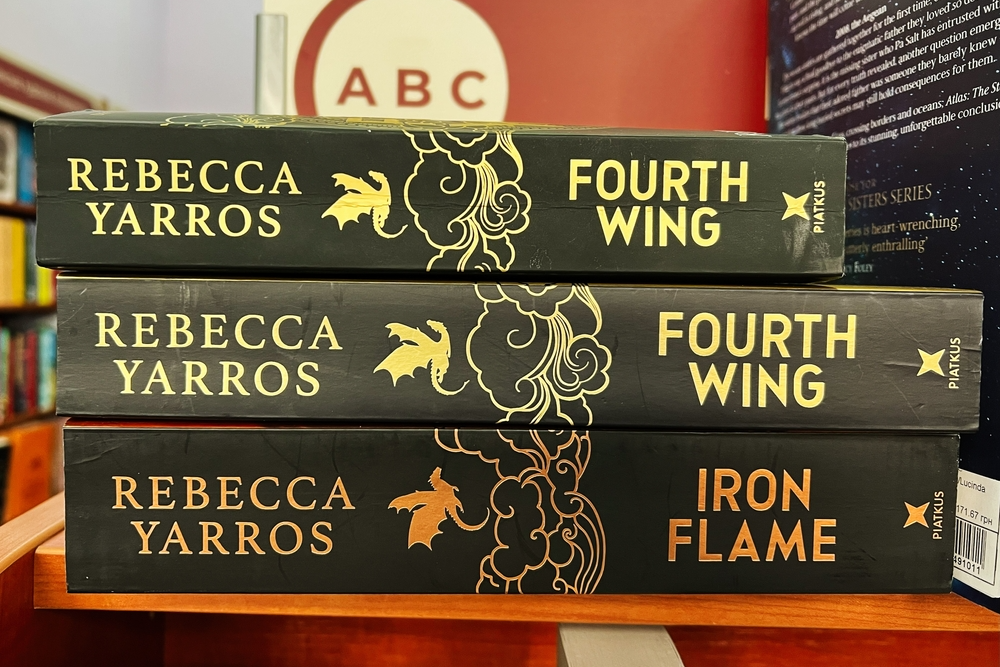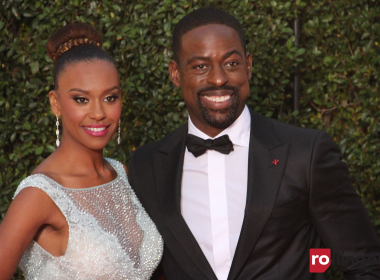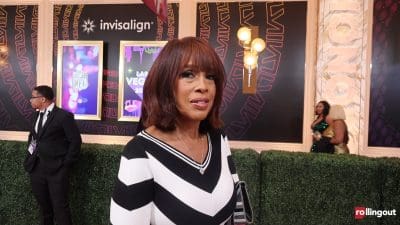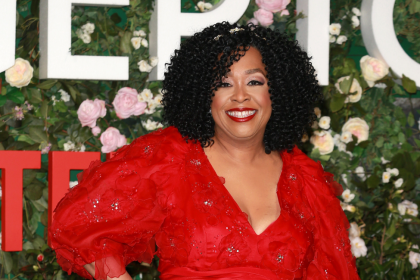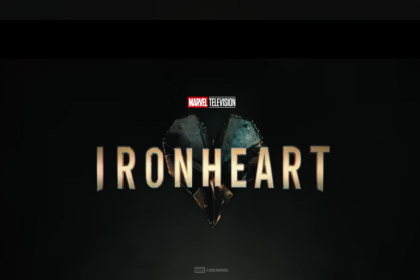Television adaptation brings beloved fantasy romance to screens nationwide
The literary phenomenon that captivated millions of readers is preparing for its television debut, as Rebecca Yarros’ Fourth Wing prepares to make the leap from page to screen. The adaptation represents a significant milestone for the romantasy genre, which has experienced unprecedented growth in recent years, particularly among younger audiences seeking compelling fantasy narratives with romantic elements.
This transition comes at a time when streaming platforms are actively pursuing book-to-screen adaptations, recognizing the built-in audience that bestselling novels provide. The Fourth Wing series joins a growing list of literary adaptations that have found success on television, from fantasy epics to contemporary romance stories.
The source material’s cultural impact
The Empyrean series, beginning with Fourth Wing, has established itself as a cultural touchstone within the contemporary fantasy romance landscape. Yarros constructed a world where dragons serve as both companions and weapons of war, creating a military academy setting that blends magical elements with intense personal relationships and political intrigue.
The narrative follows Violet Sorrengail, whose academic aspirations are derailed when family circumstances force her into the dangerous Riders Quadrant at Basgiath War College. This premise resonates with readers who appreciate stories about characters forced to discover hidden strengths while navigating complex romantic relationships amid life-threatening challenges.
The series has spawned an active online community, with readers creating fan art, theories, and discussions that have helped maintain momentum between book releases. This engaged fanbase represents a valuable asset for the television adaptation, providing a foundation of viewers already invested in the characters and storylines.
Production leadership and creative vision
The appointment of Moira Walley-Beckett as showrunner signals the production team’s commitment to quality storytelling. Walley-Beckett’s experience includes her Emmy-winning work on Breaking Bad, where she demonstrated her ability to craft compelling character arcs and maintain narrative tension across multiple episodes. Her subsequent work on Anne with an E showcased her talent for adapting beloved literary works while honoring their original spirit.
The involvement of Michael B. Jordan through his production company, Outlier Society, adds another layer of industry credibility to the project. Jordan’s company has built a reputation for developing content that emphasizes diverse storytelling and authentic representation, values that align with the inclusive themes present in Yarros’ work.
This combination of creative leadership suggests a production approach that will balance the source material’s romantic elements with its action sequences and world-building requirements. The challenge lies in translating the internal monologue and emotional depth that drives much of the novel’s appeal into visual storytelling that maintains the same level of engagement.
Casting considerations and representation commitments
The casting process remains in its preliminary stages, but the production team has already established clear priorities regarding representation and authenticity. The commitment to maintaining diverse casting reflects both the source material’s inclusive character descriptions and contemporary audience expectations for meaningful representation in fantasy media.
This approach acknowledges that fantasy television has historically struggled with diversity, often defaulting to homogeneous casting that fails to reflect real-world demographics. The Fourth Wing adaptation appears positioned to avoid these pitfalls by prioritizing inclusive casting from the project’s inception rather than treating diversity as an afterthought.
The casting decisions will likely influence how successfully the adaptation captures the spirit of the original work, particularly given the importance of character chemistry in romantic storylines. The relationship dynamics between Violet and other key characters, including her romantic interests and friendships, will require actors capable of conveying both vulnerability and strength.
Fan engagement and speculation
The active participation of the Fourth Wing fan community in speculating about casting choices demonstrates the passionate investment readers have in seeing their favorite characters brought to life authentically. Social media platforms have become venues for fans to share their preferences and theories, creating an ongoing dialogue between the audience and the production process.
This level of engagement presents both opportunities and challenges for the adaptation. While an enthusiastic fanbase provides built-in promotion and viewership, it also creates expectations that may be difficult to meet. The production team must balance fan expectations with the practical requirements of television production and the need to attract viewers unfamiliar with the source material.
The speculation surrounding potential actors reflects the community’s deep connection to the characters and their desire to see casting choices that honor the characters’ descriptions and personalities. This investment suggests that successful casting announcements could generate significant media attention and social media buzz.
Industry context and market positioning
The Fourth Wing adaptation enters a competitive landscape where fantasy television continues to gain prominence across streaming platforms. The success of series like House of the Dragon, The Witcher, and Shadow and Bone has demonstrated audience appetite for fantasy content that combines spectacular world-building with character-driven narratives.
The romantasy subgenre specifically has seen increased attention from producers seeking to capitalize on the crossover appeal between fantasy and romance audiences. This positioning allows Fourth Wing to potentially attract viewers from both demographics while carving out its own distinct identity within the fantasy television landscape.
The timing of the adaptation also benefits from the continued growth of young adult and new adult fantasy literature, with readers increasingly seeking visual adaptations of their favorite series. This trend suggests a receptive market for Fourth Wing’s particular blend of military fantasy and romantic drama.
The production represents an investment in content that could potentially spawn multiple seasons, given the multi-book source material and the episodic nature of Violet’s journey through her military training and romantic relationships. This long-term potential makes the series attractive to networks and streaming services looking for franchise opportunities that can sustain audience interest across multiple years.

